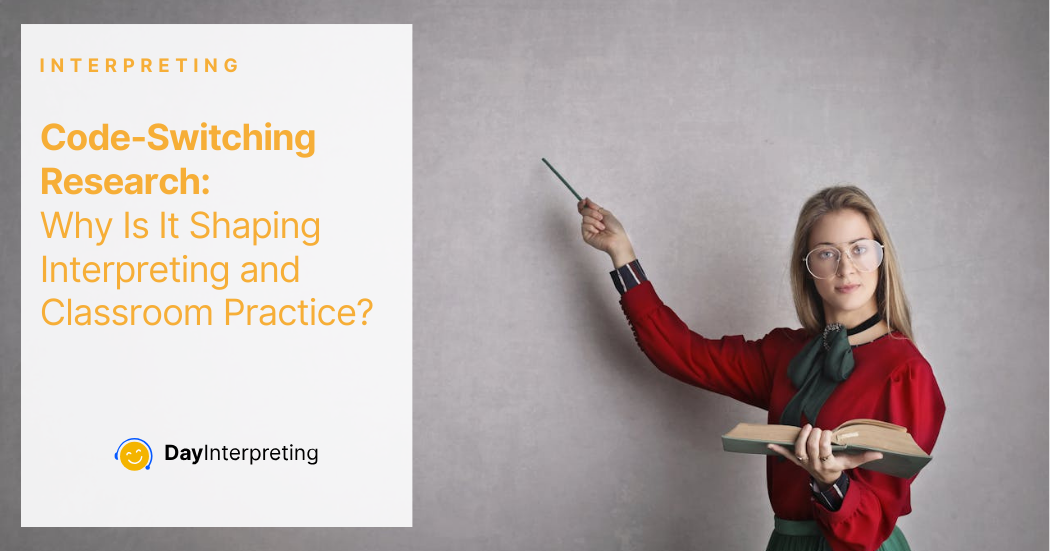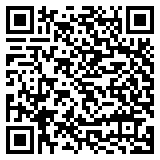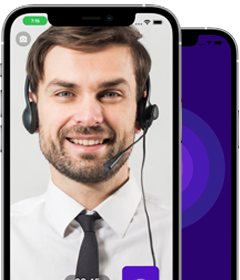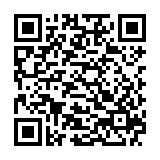Code-switching research isn’t just something linguistics scholars talk about in journals, it’s entering the conversation about best practices in multilingual classrooms, literacy instruction, and interpreting. Research is showing that code-switching (the practice of moving back and forth between two or more languages in speech or text) can do more than confuse, it can actually enhance learning, identity, and comprehension. For interpreters, educators, and language service providers, understanding this trend is becoming essential.
What Recent Code-Switching Research Is Showing
Several recent studies and reports are pushing forward what we know about how code-switching works in real classroom settings:
- A 2025 article in Language Sciences found that bilingual students who frequently engage in code-switching show improved cognitive control, especially in tasks that require switching between verbal and non-verbal frameworks.
- The “Science of Reading” reforms being rolled out in various U.S. school districts have sometimes overlooked multilingual learners (MLs). According to Language Magazine, many policymakers are now calling for those reforms to integrate research on code-switching and translanguaging practices to make literacy instruction more inclusive and effective.
- Bilingual education advocates are pointing out strong evidence that dual-language programs, which allow or even encourage structured code-switching, tend to produce better outcomes in reading, math, and social studies. English learners in such programs often retain their heritage language while becoming proficient in English.
Why Code-Switching Is Trending Now
What’s driving this rise in attention around code-switching?
- Multilingual student populations are growing in many U.S. schools. More students speak more than one language at home, making strict “English-only” or separation policies less realistic and less equitable.
- Policy pressure & educational equity. As school districts face legal, ethical, and public pressure to serve English learners well, code-switching provides a way to build student confidence, culture, and comprehension.
- Literacy reforms & tensions. As many districts adopt “Science of Reading” methods, systematic phonics, phonemic awareness, etc., there’s concern these reforms may unintentionally marginalize multilingual learners unless code-switching and translanguaging are included.
- Cognitive & psychosocial benefits. Studies suggest that code-switching helps students with executive function, working memory, bilingual identity, and sense of belonging. This is particularly important for students who may feel marginalized.
Implications for Interpreting & Language Services
Given this trend, what should interpreters, translation professionals, and educational language service providers be thinking about?
- Recognizing code-switching as a legitimate communicative tool
Interpreters should view code-switching not as a “mistake” but as a strategic tool students use. That means when interpreting or translating in education settings, acknowledging code-switched content rather than “erasing” or overly normalizing it can preserve meaning and voice.
- Training & professional development
Interpreters and language professionals will benefit from training in bilingual pedagogies, code-switching theory, and translanguaging, so they can work better with teachers, students, and curriculum designers.
- Supporting classroom materials & assessments
Educational materials, translated content, assessments all need to account for multilingual learners and code-switching. Interpreters may be asked to help adapt these materials or consult on educational content to ensure fairness and clarity.
- Advocacy in policy & school districts
Interpreters and language service organizations can play roles as advocates, helping school boards or districts see the benefits of embracing code-switching. That includes influencing literacy policy, supporting dual-language programs, and ensuring that reforms don’t unintentionally harm multilingual learners.
Practical Strategies for Educators & Interpreters
Here are some actionable ideas that bridge this research into practice:
- Encourage teachers to allow controlled code-switching during instruction, e.g., introduce a concept in English, revisit it in students’ home language, then work back into English.
- Create glossaries that include both languages so students see the connection and not separation.
- Use peer discussions in multilingual pairs/groups where students are free to mix languages, this often makes abstract concepts more accessible.
- When interpreting for or translating classroom content, do not eliminate code-switched speech; instead, annotate or preserve it where possible, respecting the meaning and nuance.
- Collect data: track student understanding, engagement, and outcomes when code-switching practices are used, to help build local evidence and buy-in.
Conclusion
Code-switching is no longer just a linguistic curiosity, it’s a growing, research-backed trend in education that is influencing policy, classroom practice, and expectations for interpreting and language services. As school systems strive for equity and academic success for all learners, those who understand and integrate code-switching are better positioned to make a positive impact.
For interpreting professionals and service providers, this is a moment to adapt, amplify multilingual voices, and ensure that interpreting supports, not suppresses, the valuable linguistic diversity learners bring into the classroom.





0 Comments